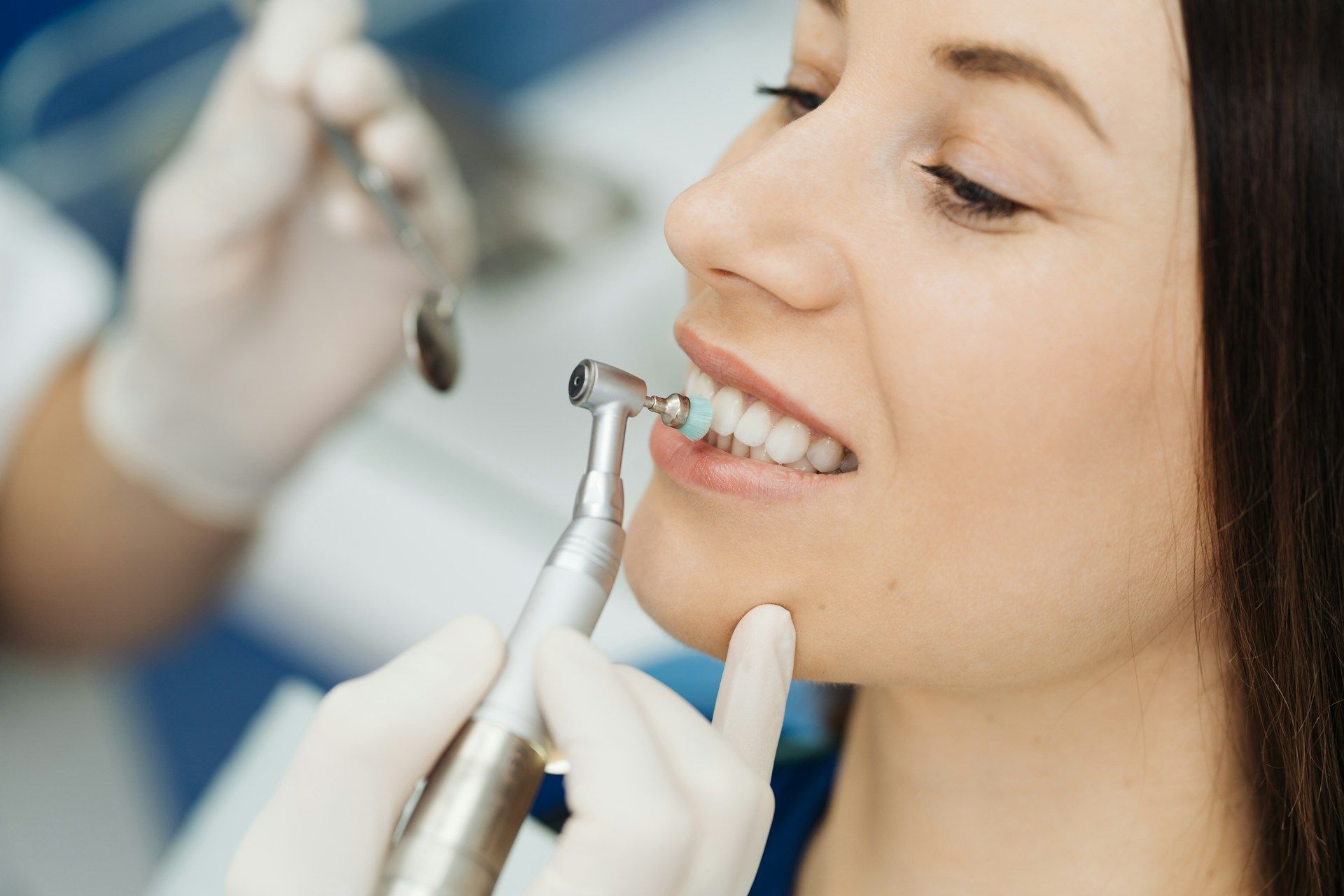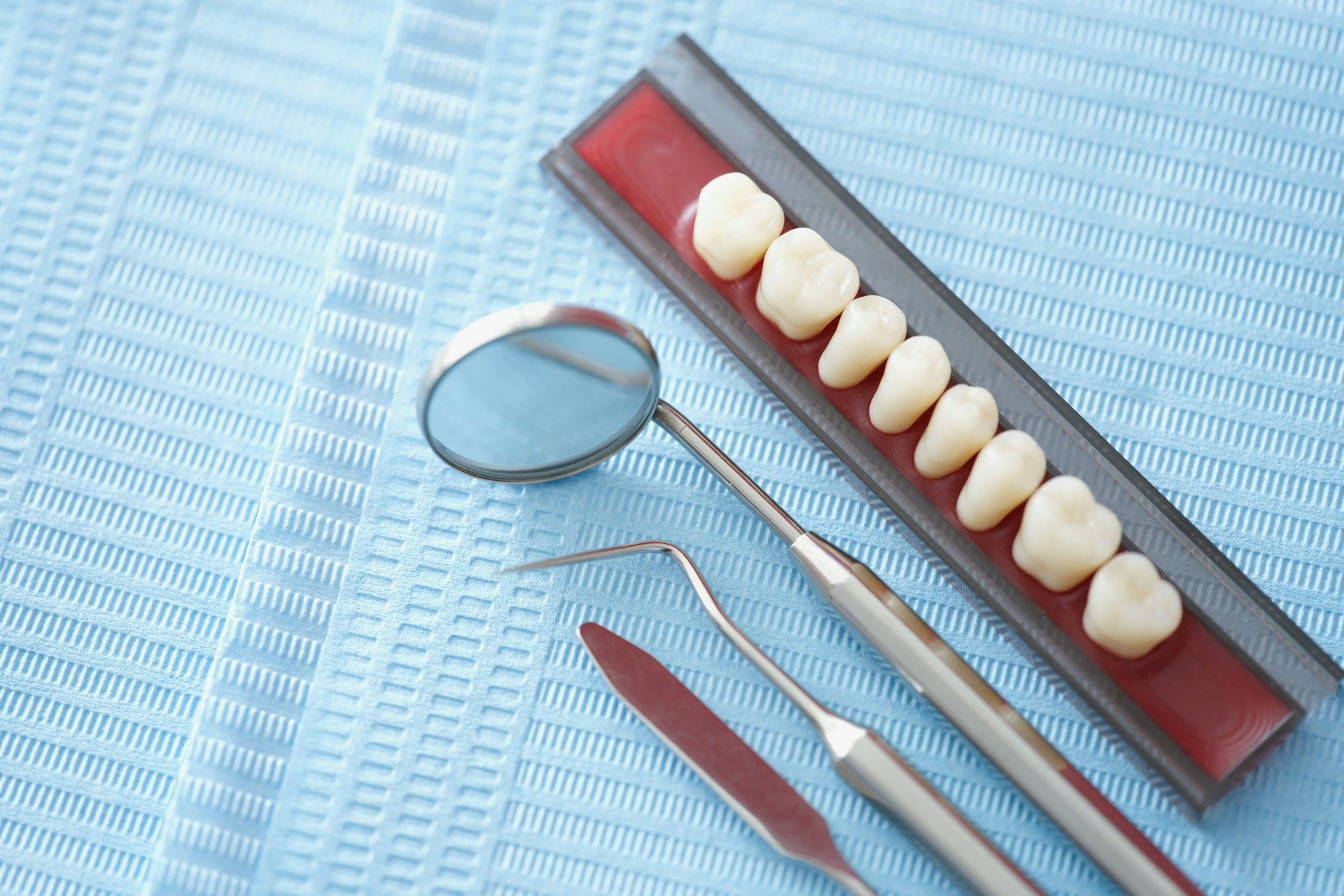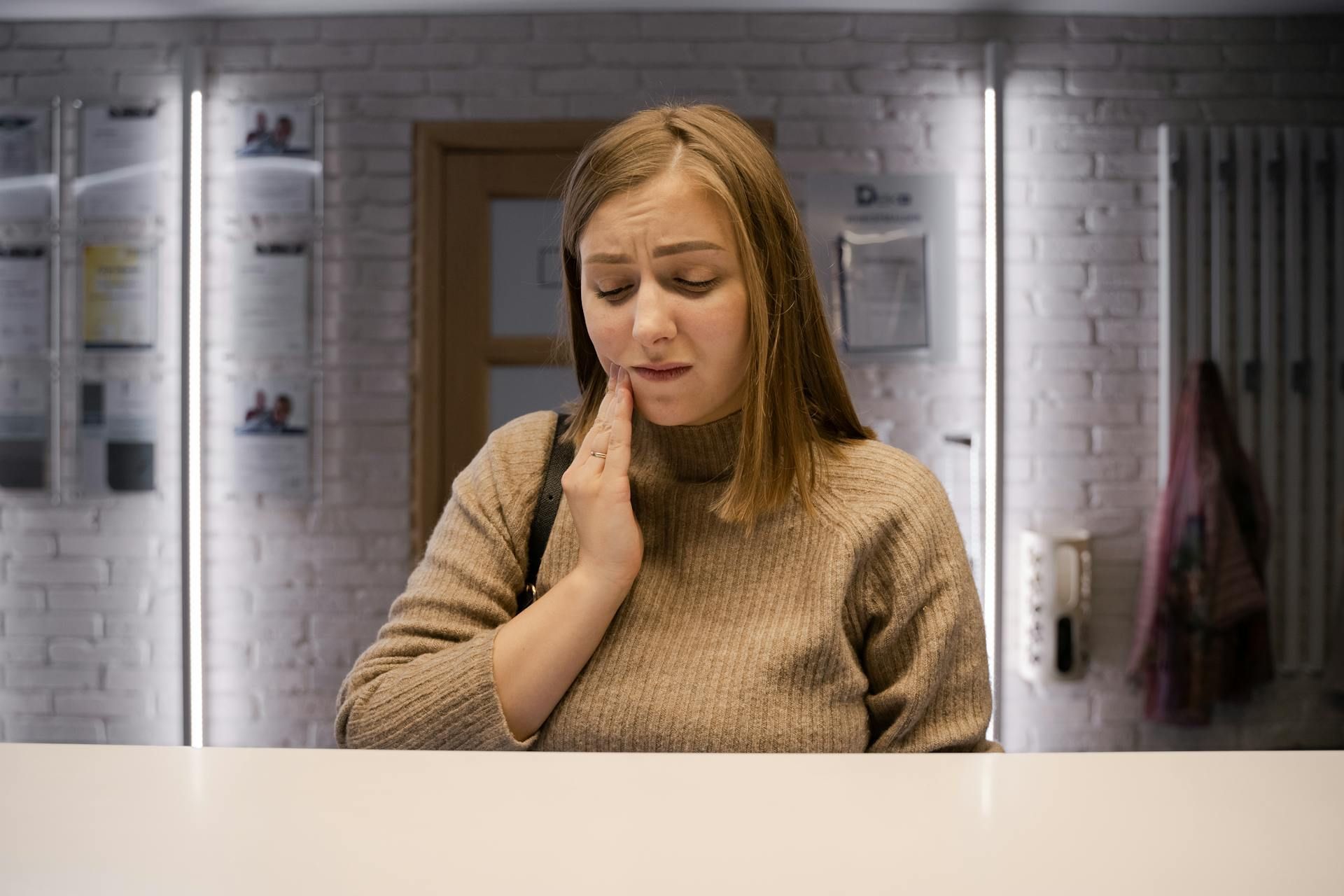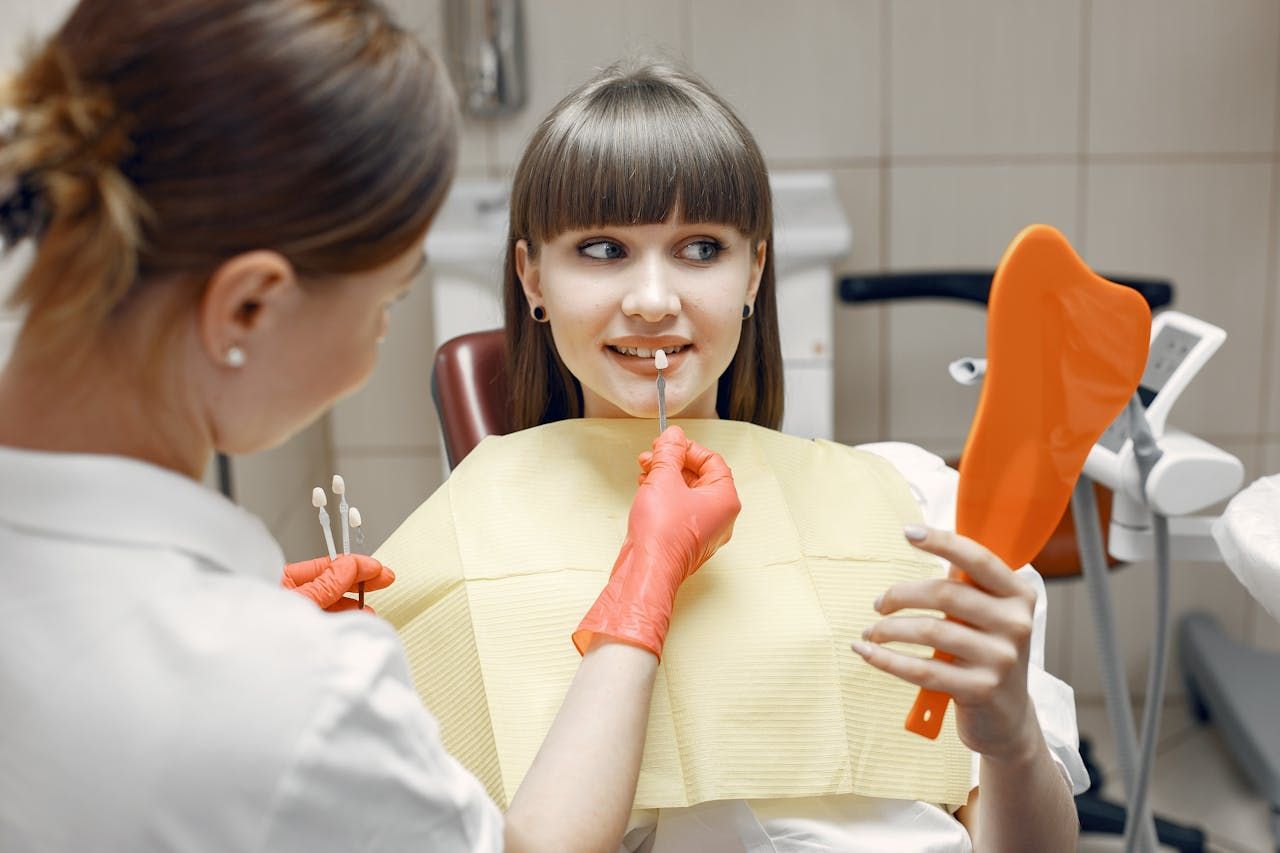Why Some Teeth Become Loose And How To Save Them
A loose tooth might be exciting for a child, but for an adult, it's usually a sign that something's not quite right. Unlike the natural process of baby teeth falling out, loose adult teeth often point to oral health problems that need attention. Whether it happens all at once after bumping your mouth or slowly over time, it can feel pretty unsettling. The good news is, there are ways to figure out what’s causing it and options to help keep the tooth where it belongs.
Ignoring a loose tooth can lead to bigger issues like tooth loss or jaw pain. It’s a problem that usually doesn’t fix itself, which is why a visit to dental specialists in Lynn can help catch the cause early and increase the chances of saving the tooth. Timing matters, and taking steps now can help protect more than just one tooth. It can help preserve your whole smile.
Common Reasons Adults Get Loose Teeth
Loose teeth in adults usually start because something has weakened the bone or tissue around the tooth. It often builds over time, even if the symptoms don’t show up right away. Understanding the cause is the first step toward finding a solution that works.
Here are some of the most common reasons:
- Gum disease: Probably the top reason for loose teeth, especially in adults. When plaque builds along the gumline and isn’t cleaned properly, it can lead to an infection that breaks down bone and gums. That makes it harder to keep the tooth stable.
- Direct trauma: An injury, like getting hit in the mouth by accident during sports or from a fall, can shake a tooth loose or damage the ligament that holds it in place.
- Teeth grinding (bruxism): Constant clenching or grinding, especially while sleeping, can wear down the supportive tissues that anchor your teeth. Over time it adds stress and weakens the tooth’s hold.
- Poor oral habits: Skipping flossing, brushing too hard, or eating sugary foods often can make the mouth more prone to problems. Gum inflammation and decay can both lead to looseness.
- Health conditions: Certain medical issues, like osteoporosis or uncontrolled diabetes, may affect the strength of bone and gum tissue, leading to shifts or movement in the teeth.
For example, someone who plays soccer casually on the weekends might not think to wear a mouthguard. But one rough collision can loosen a front tooth. That kind of trauma might not show its full effect until later when brushing or chewing starts to feel different.
Whatever the reason, loose teeth should always be checked out by someone who can pinpoint the cause. Early care can sometimes mean the difference between saving and losing the tooth.
Warning Signs To Watch Out For
A tooth doesn’t always feel loose right away. Some signs creep up slowly and are easy to overlook. But catching them early makes treatment simpler. If a tooth shifts slightly when you press on it, or if your gums feel sore often, that’s worth checking out.
Pay attention to these early red flags:
1. Gum swelling or bleeding when brushing or flossing
2. A change in bite or how teeth fit together
3. Feeling like a tooth is longer than the rest, or like it's shifting
4. Mild aches around a certain tooth, especially after eating or brushing
5. Spaces growing between teeth where food keeps getting stuck
If there’s any clicking or popping when biting down, that may also be a sign the tooth is becoming unstable. Waiting it out rarely helps. The longer a loose tooth goes untreated, the harder it becomes to fix without more complicated care later.
Even slight mobility might signal that the support structure of the tooth is being lost. And once gum tissue or bone starts to pull away, it doesn't regenerate well without intervention. Taking note of these signs and acting quickly makes a big difference.
Treatment Options For Loose Teeth
Once a tooth starts to feel loose, the next step is figuring out how to keep it from getting worse. Treatment depends on what's causing the problem and how far it's progressed. The goal is to stabilize the tooth and prevent any more damage to the surrounding area.
One common option is a dental splint. This method uses a small piece of material that connects the loose tooth to nearby stable ones. It helps hold the tooth in place while the bone and tissue heal. This is often a short-term fix, but it can offer enough stability to decide the next step.
If gum disease is behind the issue, periodontal therapy is usually needed. That might mean deep cleaning below the gumline to remove bacteria and buildup. In more advanced cases, surgery might be required to help tighten the area or rebuild lost tissue.
In some situations, extraction may be the best option, especially if the tooth can't be saved or is affecting nearby teeth. From there, you can explore tooth replacement options like bridges or implants to restore function and appearance.
In Lynn, working with dental specialists makes the process clearer. They take a close look at your situation and can suggest a plan that fits your needs, stage of tooth mobility, and overall oral health. A quick response typically gives you more options than waiting it out.
Everyday Habits That Help Keep Teeth Stable
Avoiding loose teeth in the first place saves time, money, and discomfort. Good routines and a few smart changes go a long way in protecting the strength of both teeth and gums.
Start with these basic habits:
- Brush twice a day using a soft-bristle toothbrush
- Floss daily to keep plaque and food buildup under control
- Avoid sugary drinks and snacks, which can feed harmful bacteria
- Swap out toothbrushes every few months or sooner if the bristles wear down
- Use a mouthguard during high-impact sports or if you grind your teeth at night
- Drink plenty of water to help rinse away debris and support saliva flow
One simple yet often overlooked tip is chewing with both sides of your mouth. This helps create even pressure and lessens stress on any one area.
It’s also smart to keep an eye on any changes in your mouth. If your bite starts to feel off or a tooth seems a little out of place, don’t wait. Jot it down and bring it up at your next checkup. Even a few weeks of change can reveal signs that something's shifting under the surface.
Routine dental visits keep those smaller issues from becoming bigger ones. Dentists can catch the early signs of gum disease or movement and help create a plan to stop it early.
Keep Your Smile Strong for the Long Haul
Loose teeth often start from small issues that build over time. A little swelling here, some gum discomfort there, and suddenly brushing feels different. Being aware of those minor changes puts you in a better spot to act early.
Getting the right care at the right time can make the difference between saving a tooth and losing it. Whether it's a routine cleaning, a splint to secure a wobbly tooth, or gum treatment to stop the infection at its source, every step helps build a stronger foundation for your smile.
Staying ahead of the problem starts with paying attention. If you notice changes in your bite, sensitivity when chewing, or spaces forming where they didn’t exist before, it’s worth getting checked. Dental specialists in Lynn are trained to recognize not just what’s happening on the surface but what's developing underneath. Protecting your teeth starts with awareness and continues with action.
If you’ve noticed a loose tooth or any shifting when you chew, it’s best not to wait. Getting support from experienced
dental specialists in Lynn can make all the difference when it comes to protecting your smile. Reach out to Seaport Family Dentistry to explore your options and get the care your teeth deserve.











